The seventh edition of Hong Kong Week presented by the Hong Kong Taiwan Cultural Co-operation Committee, might be focused on dance, but includes a large multimedia exhibition at Taipei’s Huashan 1914 Creative Park.
While the program is called a week, it actually runs for more than two weeks, until Dec. 16.
Under the theme “Dance Shimmers,” four companies vastly different in size and genre will be presented, from the large — the Hong Kong Ballet (香港芭蕾舞團) and the Hong Kong Dance Company (香港舞蹈團) — to the small, NEO Dance HK and Y-Space.

Photo courtesy of Stephen Yau
The festivities open tomorrow night with the Hong Kong Ballet’s ALICE (in wonderland), which its artistic director, Septime Webre, choreographed for his former company, the Washington Ballet, and remounted for his new dancers.
The show at the Taiwan Traditional Theatre Center in Shilin District (士林), appeared to be sold out weeks ago, but this week the artsticket.com.tw Web site showed that there were still some seats available for tomorrow’s show and just 1 for Saturday’s matinee.
ALICE (in wonderland) is a whimsical combination of stories and characters from Lewis Carroll’s Alice’s Adventures in Wonderland and Through the Looking-Glass, with a bit of puppetry thrown in.
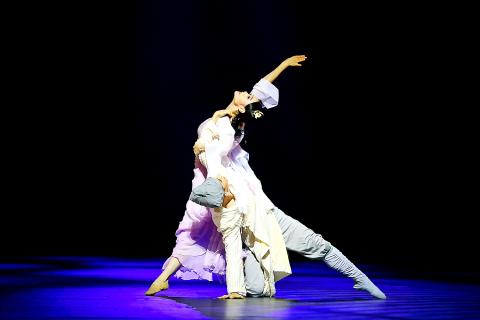
Photo courtesy of S2_Production
The Search for Hong Kong Light and Shadow Exhibition, which opens tomorrow at Huashan’s West Hall 1, features works by 14 young artists or groups showing the territory’s unique urban landscape, including animations, installations and advertisements.
The exhibition is divided into four categories: transportation (行), living (住), food (食) and language (字) and includes works by John Chan, Dylan Kwok, Nine Monkeys Workshop and Hong Kong Heritage.
The exhibition is free and runs through Sunday next week.
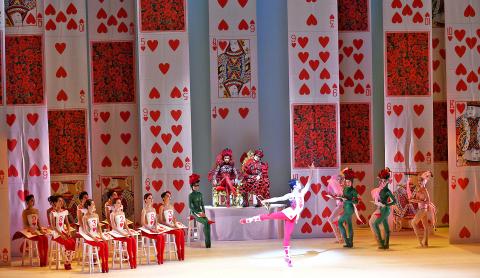
Photo courtesy of Conrad Dy-Liacco
Opening at Huashan’s Umay Theater next week is the eight-year-old Neo Dance HK, founded by Justyne Li (李思颺) and Wong Tan-ki (王丹琦), with Soul Casting (凝體術), which was choreographed by the pair. The show is described as “a sonata of tactics composed of different human experiments.”
The final weekend sees two performances of the Hong Kong Dance Company’s L’Amour Immortel (倩女‧幽魂) on Dec. 14 and Dec. 15 at the Taiwan Traditional Theatre Center, while out at the Cloud Gate Theater in New Taipei City’s Tamsui District (淡水), Y-Space explores the work of one of the territory’s most influential choreographers, with Helen Lai in the Post-90s (90後的黎海寧) on Dec. 15 and Dec. 16.
L’Amour Immortel is based on Strange Tales from a Chinese Studio (聊齋誌異) and inspired by the 1980s film, A Chinese Ghost Story (倩女幽魂).
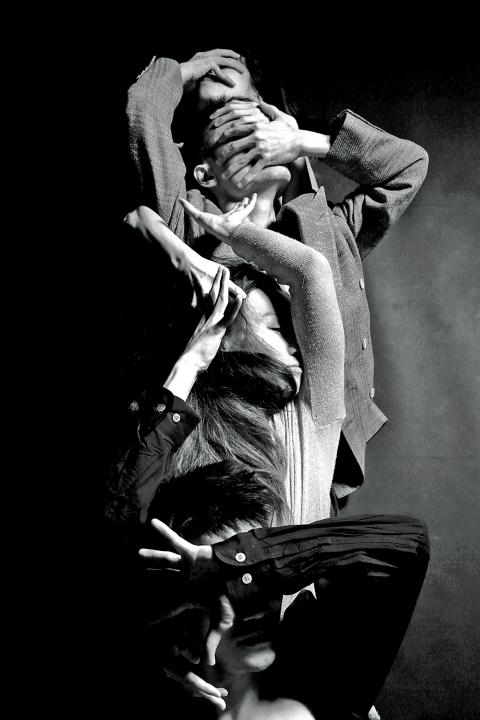
Photo courtesy of Chan Man-chun
Tickets range from NT$800 to NT$2,400, and as of press time yesterday there were about 28 of the top seats left for Saturday’s show, and more than 60 left for Friday’s, in all price ranges.
Helen Lai in the Post-90s, which premiered at i-Dance Festival (HK) 2016, offers a series of excerpts from Lai’s works such as HerStory, Plaza X, Nine Songs and In the Beginning.
Lai, who trained at the London School of Contemporary Dance, worked as a choreographer and assistant dance director for Rediffusion Television before joining City Contemporary Dance Company (城市當代舞蹈團) in 1979, where she served as artistic director from 1985 to 1989 and resident choreographer from 1991 to 2011. However, she has choreographed for almost every dance and performing arts troupe in the territory.
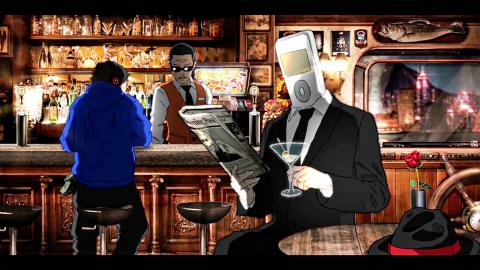
Photo courtesy of Zcratch Creation
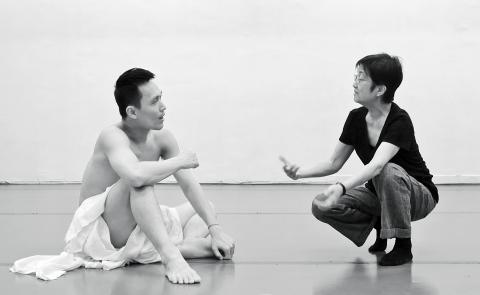
Photo courtesy of Victor Ma
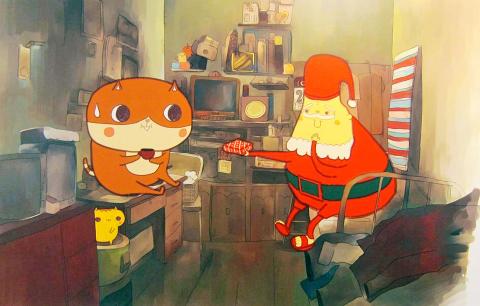
Photo courtesy of John Chan

That US assistance was a model for Taiwan’s spectacular development success was early recognized by policymakers and analysts. In a report to the US Congress for the fiscal year 1962, former President John F. Kennedy noted Taiwan’s “rapid economic growth,” was “producing a substantial net gain in living.” Kennedy had a stake in Taiwan’s achievements and the US’ official development assistance (ODA) in general: In September 1961, his entreaty to make the 1960s a “decade of development,” and an accompanying proposal for dedicated legislation to this end, had been formalized by congressional passage of the Foreign Assistance Act. Two

March 31 to April 6 On May 13, 1950, National Taiwan University Hospital otolaryngologist Su You-peng (蘇友鵬) was summoned to the director’s office. He thought someone had complained about him practicing the violin at night, but when he entered the room, he knew something was terribly wrong. He saw several burly men who appeared to be government secret agents, and three other resident doctors: internist Hsu Chiang (許強), dermatologist Hu Pao-chen (胡寶珍) and ophthalmologist Hu Hsin-lin (胡鑫麟). They were handcuffed, herded onto two jeeps and taken to the Secrecy Bureau (保密局) for questioning. Su was still in his doctor’s robes at

Last week the Democratic Progressive Party (DPP) said that the budget cuts voted for by the China-aligned parties in the legislature, are intended to force the DPP to hike electricity rates. The public would then blame it for the rate hike. It’s fairly clear that the first part of that is correct. Slashing the budget of state-run Taiwan Power Co (Taipower, 台電) is a move intended to cause discontent with the DPP when electricity rates go up. Taipower’s debt, NT$422.9 billion (US$12.78 billion), is one of the numerous permanent crises created by the nation’s construction-industrial state and the developmentalist mentality it

Experts say that the devastating earthquake in Myanmar on Friday was likely the strongest to hit the country in decades, with disaster modeling suggesting thousands could be dead. Automatic assessments from the US Geological Survey (USGS) said the shallow 7.7-magnitude quake northwest of the central Myanmar city of Sagaing triggered a red alert for shaking-related fatalities and economic losses. “High casualties and extensive damage are probable and the disaster is likely widespread,” it said, locating the epicentre near the central Myanmar city of Mandalay, home to more than a million people. Myanmar’s ruling junta said on Saturday morning that the number killed had